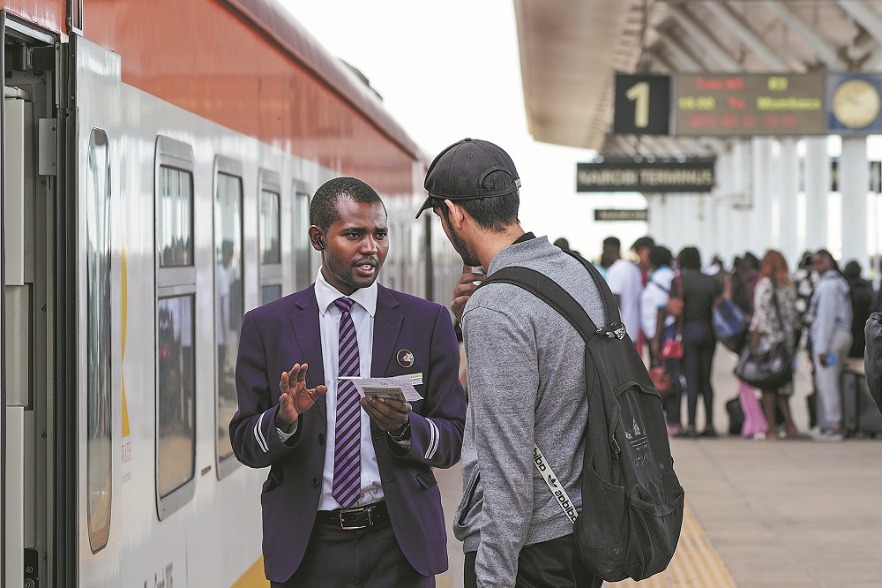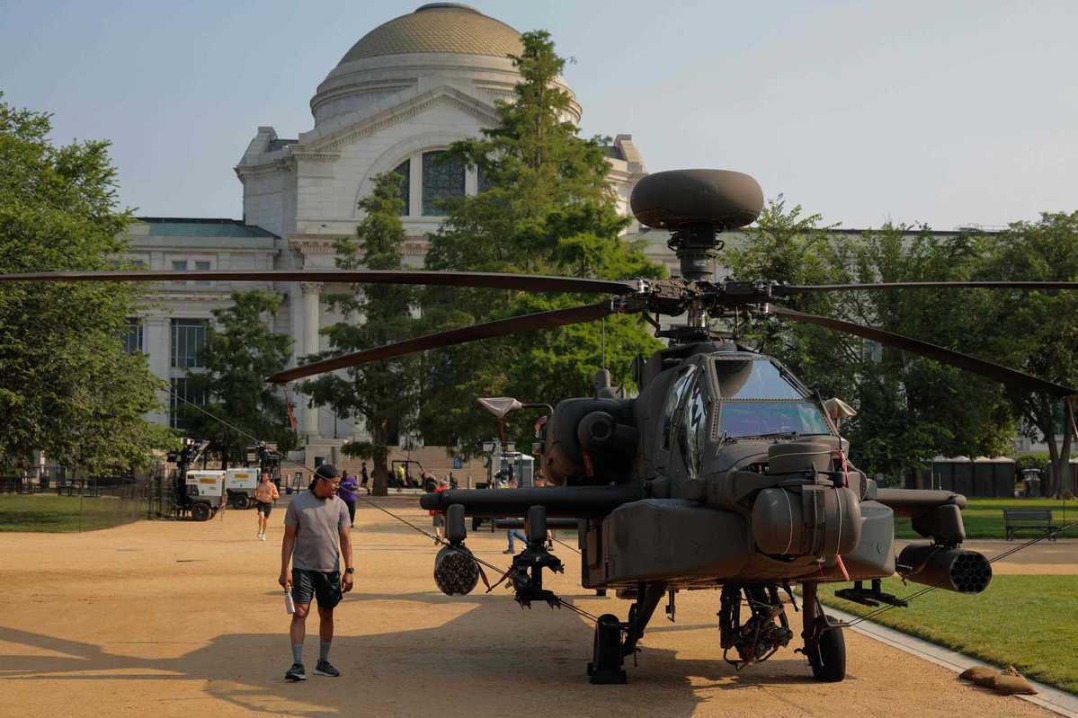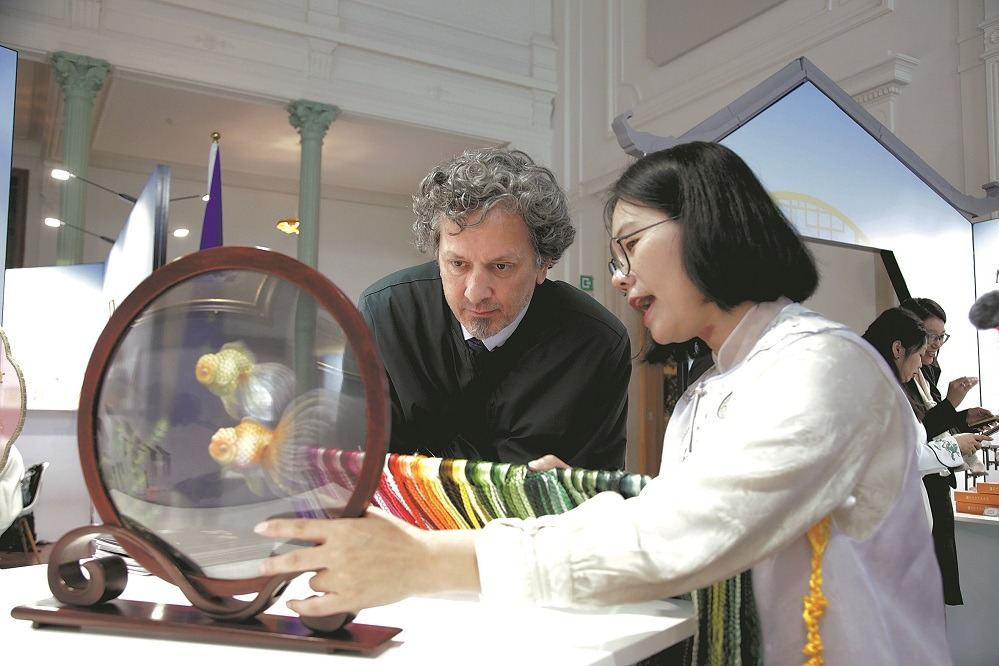Kenya's railway expansion eyes Chinese partnership


Kenya is set to begin construction of the $4.5 billion Naivasha-Malaba Standard Gauge Railway by December, marking a major advance in the country's plan to complete a high-speed rail corridor stretching from the port of Mombasa to the Ugandan border town of Malaba.
Philip Mainga, managing director of Kenya Railways Corporation, confirmed that preliminary works for the Standard Gauge Railway — known as Phase 2B (Naivasha to Kisumu) and Phase 2C (Kisumu to Malaba) — have been completed.
The 475-kilometer extension will build on the existing 553-km line between Mombasa and the Naivasha Inland Container Depot, enhancing regional connectivity and cross-border trade.
"We have already identified the route and the people to be compensated along the corridor," Mainga said. "Our officers are on the ground and we expect to finalize the environmental impact assessment by the beginning of next month."
He made the remarks on Tuesday during the commemoration of the SGR's eighth anniversary at Nairobi Terminus, where officials highlighted the milestones achieved by the Chinese-funded railway project.
Mainga added that the extension is now awaiting final direction from the financier, with a decision on funding expected before the end of the year.
Deepening cooperation
China's involvement in the completion of the SGR extension underscores the deepening cooperation between Kenya and China in the largest infrastructure development project spearheaded by Chinese state-owned companies through financing, technical expertise and construction.
The collaboration aligns with China's Belt and Road Initiative, which aims to enhance global trade routes and connectivity through investments in partner countries.
Since its launch in 2017, the SGR has become the backbone of Kenya's transportation sector, boosting efficiency in both freight and passenger services.
Mainga said the rail line has contributed 2 to 3 percent to Kenya's GDP and continues to play a key role in transforming logistics and tourism.
The introduction of executive coaches from Nairobi to Mombasa has made the high-speed passenger train service, dubbed Madaraka Express, a preferred choice for tourists traveling to the coast.
Kenya Railways has also expanded its tourism-focused services, including the introduction of weekend wagons connecting Nairobi to Maasai Mara via Suswa.
In addition, new stations, such as the one in Voi, have increased footfall to nearby national parks, thereby bolstering local tourism economies, Mainga said.
Freight performance
On the cargo front, Mainga revealed that the railway is projected to exceed last year's freight performance by 1 million metric tons, representing a 30 percent increase.
Passenger traffic is also on the rise, with projections estimating up to 2.6 million riders this year, a growth of 300,000 over last year.
The rollout of refrigerated containers in March has opened new export channels for Kenyan perishable goods to markets in Europe and Asia, significantly enhancing the country's trade logistics.
Kenya Railways Chairman Abdi Bare emphasized the broader vision behind the SGR, noting that completing the Naivasha-Malaba segment is a crucial step in connecting Mombasa Port with Uganda, Rwanda, the Democratic Republic of Congo and Burundi.
This regional integration is expected to reduce freight transit times and costs across East Africa significantly.
"The Nairobi-Mombasa SGR has already proven its value by transporting the equivalent of 120 buses, or about 7,250 passengers, a day, along with over a thousand 6-meter cargo containers," Bare said.
"The freight service has not only decongested Mombasa Port but also eased traffic on our highways by reducing truck transit times from as long as 36 hours to just eight."
Chinese Ambassador to Kenya Guo Haiyan lauded the SGR as a symbol of Kenya-China cooperation, calling it a flagship project under the Belt and Road Initiative.
"In the past eight years, the SGR has transformed Kenya into a regional logistics hub and has enhanced its capacity to attract foreign investment," she said.
"It stands as a testament to the strong and fruitful bilateral relations between our two countries."

































